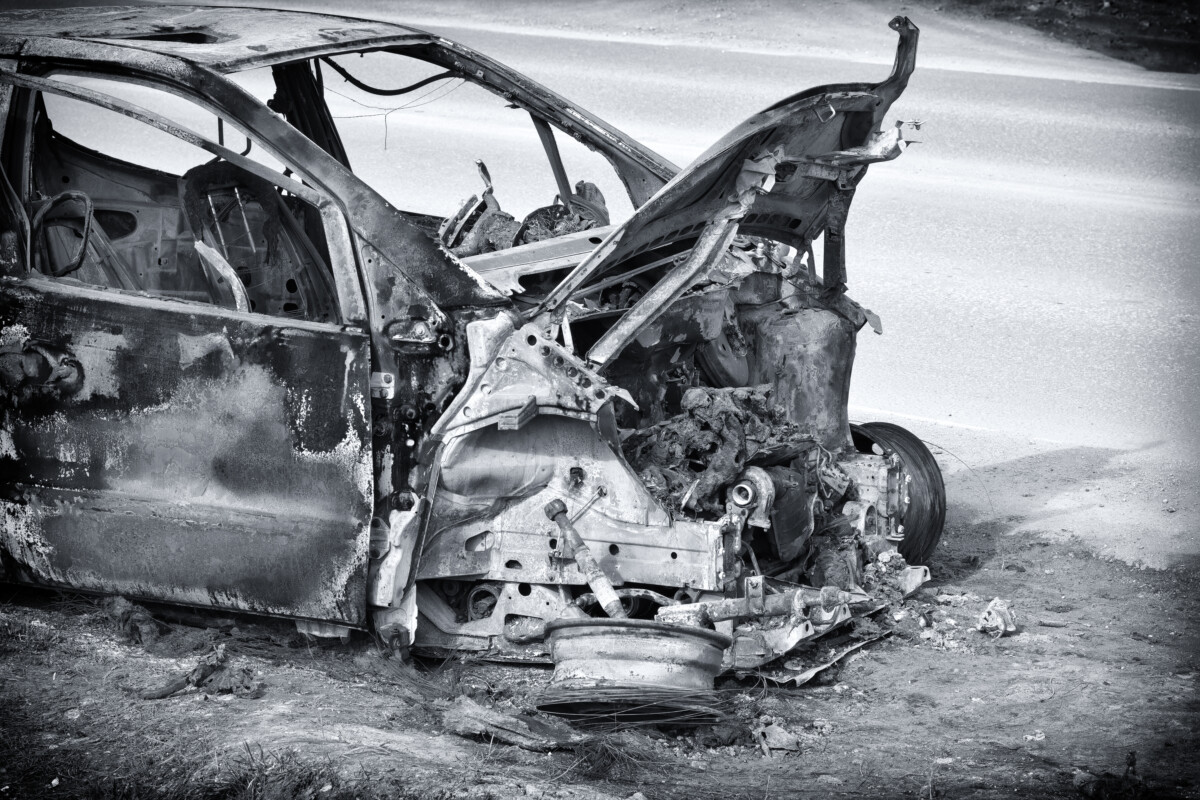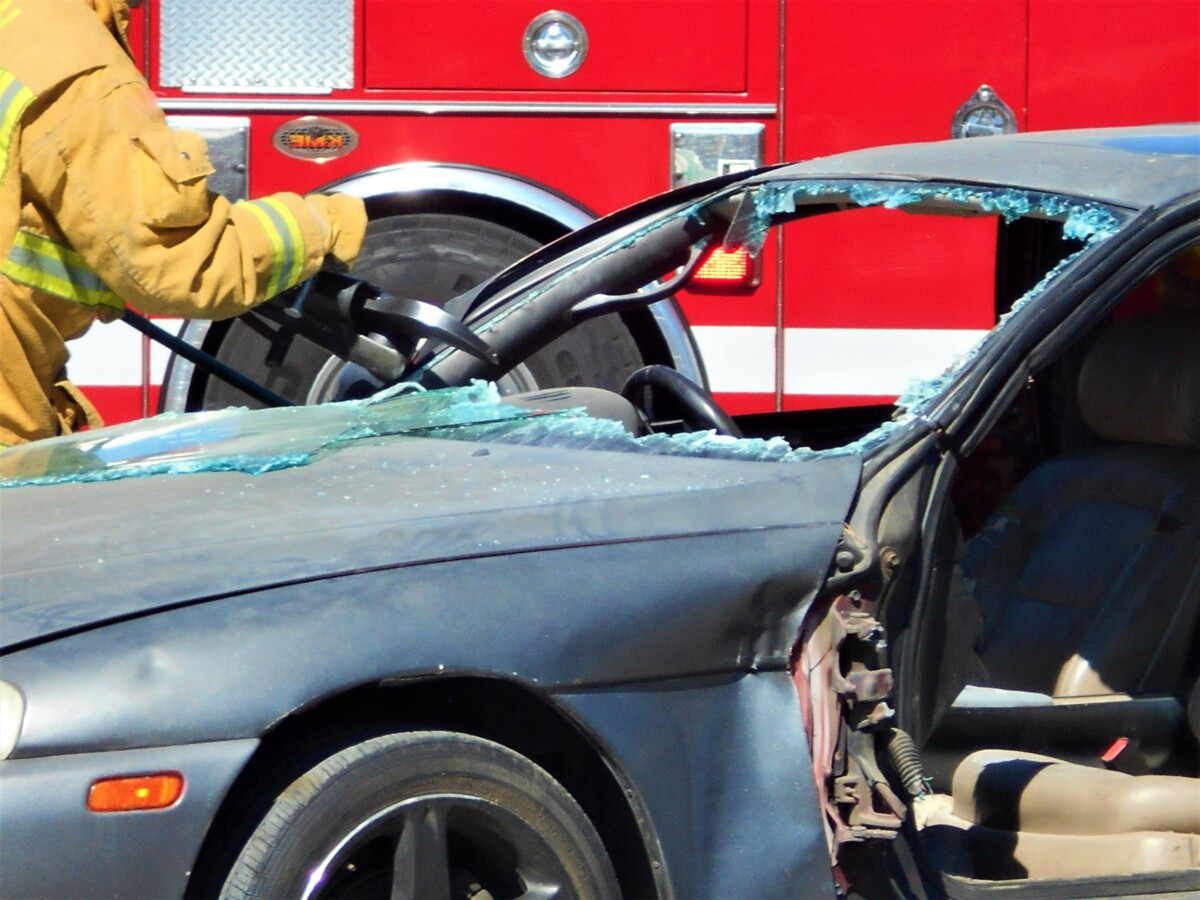California Motor Vehicle Accident Laws: Key Facts for Drivers

Understanding California motor vehicle accident laws is essential for drivers navigating the state’s busy roads. These laws dictate how accidents are managed and protect the rights of those involved. With California being one of the most populated states, the risk of motor vehicle accidents is high; over 200,000 were reported in 2020 alone, according to the California Office of Traffic Safety. Familiarity with these laws can help you effectively handle the aftermath of an accident.
Understanding California Motor Vehicle Accident Laws
Key Aspects of California Motor Vehicle Accident Laws
Fault-Based System
- California uses a fault-based system, where the at-fault driver is responsible for damages.
- Victims can seek compensation from the at-fault driver’s insurance.
Determining fault involves various factors, including traffic laws and witness statements, making it crucial to gather evidence at the accident scene.
Statute of Limitations
- Victims typically have two years from the accident date to file a lawsuit.
- Missing this deadline can result in losing the right to compensation.
Understanding this timeline encourages prompt action and legal consultation to protect your rights.
Comparative Negligence
- California’s comparative negligence rule means that if you are partially at fault, your compensation may be reduced accordingly.
- For instance, being 20% at fault would reduce your compensation by that percentage.
This highlights the importance of establishing clear evidence of fault, making it wise to consult a legal expert after an accident.
Key Legal Concepts in California Accident Cases
Understanding California motor vehicle accident laws is essential for anyone involved in a car crash in the state. These laws determine liability and outline the rights of victims and responsibilities of drivers. Given California’s high population, the likelihood of accidents is significant, making awareness of these legal concepts crucial.
Negligence
Negligence refers to the failure to exercise reasonable care, resulting in harm. To prove negligence, the injured party must show that the other driver had a duty of care, breached it, and caused the accident. For example, running a red light can be deemed negligent behavior.
Comparative Fault
California employs a comparative fault system, allowing damages to be adjusted if both parties share fault. If you are found 30% at fault, your compensation may be reduced by that percentage, promoting accountability among drivers.
Statute of Limitations
The statute of limitations for filing a personal injury claim in California is typically two years from the accident date. Missing this deadline can forfeit your right to compensation, emphasizing the need for prompt legal action. In 2022, over 200,000 motor vehicle accidents were reported in California, underscoring the importance of understanding these laws.
Insurance Requirements
California mandates that drivers carry minimum liability insurance: $15,000 for one person, $30,000 for multiple people, and $5,000 for property damage. With about 16% of drivers uninsured in 2021, knowing your rights is vital in accidents involving uninsured drivers.
Statistical Overview of Motor Vehicle Accidents in California
Motor vehicle accidents are a significant concern in California, not just for the individuals involved but also for the legal framework that governs these incidents. Understanding California motor vehicle accident laws is crucial for anyone who drives on the state’s roads. These laws help determine liability, compensation, and the legal rights of those affected by accidents. With millions of vehicles on the road, the statistics surrounding motor vehicle accidents in California paint a vivid picture of the challenges faced by drivers and lawmakers alike.
California has one of the highest rates of motor vehicle accidents in the United States. In fact, according to the California Highway Patrol, there were over 200,000 reported accidents in a recent year, highlighting the urgent need for effective laws and regulations to manage these incidents.
Key Statistics
- Fatalities: Approximately 3,500 people die in motor vehicle accidents annually in California.
- Injuries: Over 160,000 individuals sustain injuries from these accidents each year.
- Types of Accidents: The majority of accidents involve collisions between vehicles, but pedestrian and bicycle accidents are also significant concerns.
These statistics underscore the importance of understanding California motor vehicle accident laws. They not only inform drivers about the risks but also emphasize the need for legal protections and accountability on the roads. With such a high volume of accidents, the laws surrounding them are designed to provide a framework for compensation and justice for victims.
Steps to Take After a Motor Vehicle Accident in California
Motor vehicle accidents in California can be stressful, making it essential to understand the state’s motor vehicle accident laws. These laws guide how to manage the aftermath of a collision and protect your rights, ensuring you receive the compensation you deserve. Here are the key steps to take after an accident:
1. Ensure Safety
- Check for injuries: Ensure you and your passengers are safe and call 911 if anyone is injured.
- Move to a safe location: If possible, relocate your vehicle to avoid further accidents, especially on busy highways.
2. Call the Authorities
- Report the accident: Notify the police, especially if there are injuries or significant damage. A police report is crucial for insurance claims.
- Obtain a copy of the report: This document contains essential details for your claim.
3. Gather Information
- Exchange details: Collect contact and insurance information from all parties involved, including witnesses.
- Document the scene: Take photos of the accident scene and vehicle damage for future reference.
4. Notify Your Insurance Company
- Report the accident: Contact your insurer promptly, providing all necessary details without admitting fault.
- Understand your coverage: Familiarize yourself with your policy to navigate the claims process effectively.
5. Seek Medical Attention
- Get checked out: Even if you feel fine, see a doctor to rule out hidden injuries.
- Keep records: Maintain all medical records for potential compensation claims.
6. Consult with a Legal Professional
- Know your rights: A legal expert can clarify your rights under California motor vehicle accident laws.
- Consider legal representation: If significant damages or injuries are involved, an attorney can help ensure fair compensation.
Common Types of Motor Vehicle Accident Claims in California
California’s stunning landscapes and busy cities come with a high volume of motor vehicle traffic, leading to numerous accidents each year. Understanding California motor vehicle accident laws is essential for drivers, passengers, and pedestrians involved in accidents, as these laws govern claims, responsibilities, and potential compensation for injuries and damages. Here’s a look at common types of motor vehicle accident claims in California.
Car Accidents
- Car accidents are the most common, with over 200,000 reported in 2020.
- Factors like distracted driving, speeding, and DUI contribute to these incidents.
Victims often file personal injury claims for medical expenses, lost wages, and pain and suffering, with California’s comparative negligence rule allowing compensation even if both parties share fault.
Motorcycle Accidents
- Motorcycle accidents pose a higher risk of severe injuries, with motorcyclists being 28 times more likely to die in crashes than car occupants.
Victims face significant medical bills and long recovery times, making it crucial to gather evidence to support claims against negligent drivers.
Truck Accidents
- Truck accidents, involving large commercial vehicles, can lead to severe injuries and account for about 5% of fatal accidents in California.
These claims can be complex, often involving multiple parties, making knowledge of California motor vehicle accident laws essential for navigating liability and compensation.
Pedestrian Accidents
- Pedestrian accidents are increasingly common, with over 14,000 injuries reported in 2020.
California law mandates that drivers yield to pedestrians in crosswalks, and those injured can file claims for medical expenses, lost income, and emotional distress.
FAQs – California Motor Vehicle Accident Laws
What is the new accident law in California?
Recent laws in California have increased penalties for distracted and hit-and-run driving, emphasizing stricter enforcement to improve road safety.
How to protect your assets after a car accident in California?
To protect your assets, notify your insurance company promptly, keep detailed records of the accident, avoid admitting fault, and consider consulting an attorney if liability or damages are significant.
How does car insurance work when at fault?
If you’re at fault, your liability insurance covers the other party’s damages up to your policy limits, while your own damages may be covered if you have collision coverage.
What are the rules for accidents in California?
California requires drivers to stop, provide information, and report accidents involving injury, death, or property damage over $1,000 to the DMV within 10 days.
Final Thoughts
Understanding California motor vehicle accident laws is crucial for protecting yourself legally and financially after a crash. Staying informed about new regulations and insurance responsibilities helps ensure you handle accidents properly and safeguard your interests.
Get the justice you deserve—start with a free case review at LegalCaseReview.com or call 📞 (833) 279-1850!


